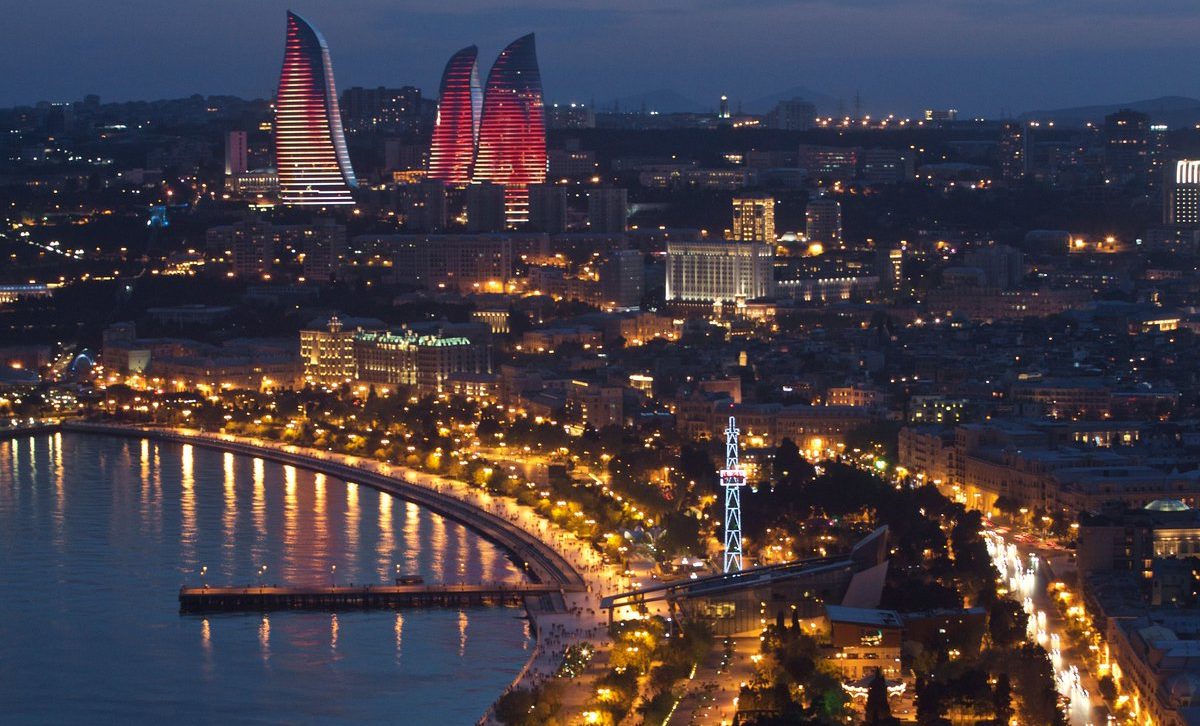
Asia o Europa? Quando si parla di Baku e del GP dell’Azerbaijan il dubbio è legittimo. Geograficamente la repubblica caucasica si colloca nel continente asiatico ma fa parte del Consiglio Europeo e infatti anche l’edizione inaugurale, nel 2016, era denominata GP d’Europa.
Dal punto di vista logistico, però, le cose sono abbastanza chiare: il GP azero chiude il primo round di trasferte ‘lunghe’. Il materiale della Ferrari è in gran parte arrivato direttamente dalla Cina, e solo dopo la gara di domenica rientrerà in patria per essere revisionato in vista della Spagna.
Intanto ci si prepara – già dal fine settimana – a questo Gran Premio su un tracciato tutto particolare e senza compromessi. Sei chilometri in senso antiorario, una ventina di curve, quasi tutte ad angolo retto, nella parte vecchia della capitale, il “gomito” più stretto del mondiale nel passaggio alla Torre della Vergine e, per finire, due chilometri a tutto gas lungo la Prospettiva affacciata sul Mar Caspio. Che di notte è anche piuttosto suggestivo.
Anche gli assetti sono senza compromessi: il lungo tratto rettilineo impone un’aerodinamica a basso carico, per sfruttare tutta la velocità e per poter attaccare e difendersi in gara. Anche se il manto stradale viene preparato in vista del Gran Premio, certe caratteristiche negative dei tracciati cittadini (come la sgradita presenza di sacchetti di plastica) sono quasi inevitabili. La scelta delle gomme è orientata verso le mescole morbide con Soft, Supersoft e Ultrasoft.
ENGLISH VERSION
Asia or Europe? When one speaks of Baku and the Azerbaijan GP it is a legitimate question. Geographically, the Caucasian republic is without a doubt on the Asian continent, but it’s a member of the Council of Europe and the inaugural edition of this race was even named the GP of Europe.
However, from a logistical perspective, the situation is pretty clear: the Azerbaijan GP brings to an end the opening run of “flyaway” races. Most of Scuderia Ferrari’s equipment has come directly from China and only after Sunday’s race will it all be repatriated for servicing prior to the Spanish round.
Therefore, this weekend, preparations are taking place for a completely unique and uncompromising circuit. It runs anti-clockwise over six kilometres, with around twenty turns, almost all of them right-angled, in the old part of the capital city, featuring the tightest “dogleg” of the championship, where the track passes the Maiden Tower, before ending with two kilometres absolutely flat out along the Promenade that runs alongside the Caspian Sea, which looks particularly lovely at night.
Car set-up also leaves no room for compromise: the long straight requires low downforce aero settings to ensure maximum speed and to allow the driver to attack and defend in the race. Even if the road surface has been prepared for the Grand Prix, some of the negatives of a street track, such as the unwanted arrival of plastic carrier bags, are almost inevitable. Tyre choice is from the softer end of the spectrum, with Soft, Supersoft and Ultrasoft compounds available.